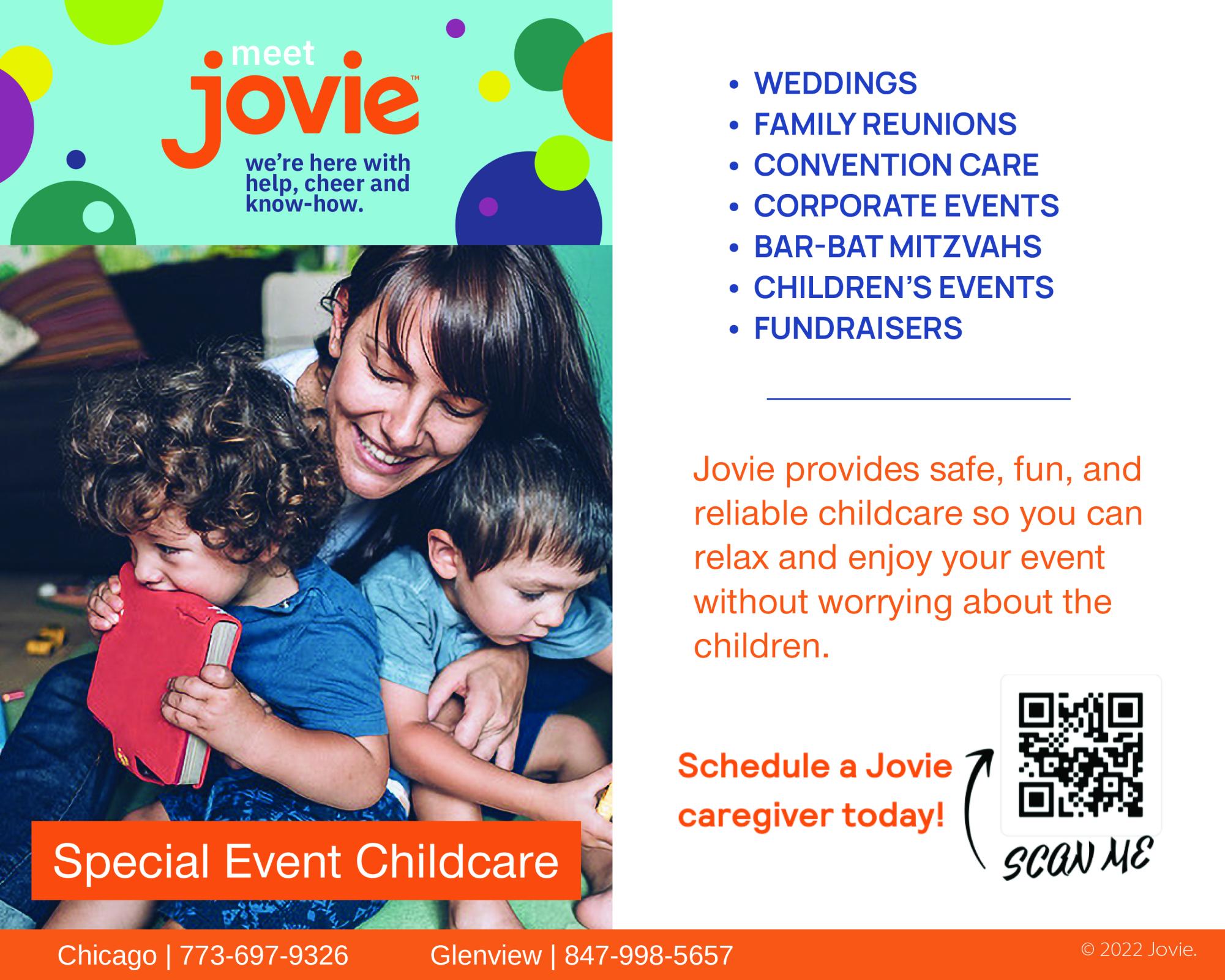Childhood cartoons shape students’ lives into adulthood

November 12, 2018
The early morning sun beams through the windows as a comforting glow fills the room. The house should be silent with slumber and yet the distant but familiar sound of a television plays in the background. On this television airs what a 10-year-old holds most dear: cartoons. At this moment, all that matters is the giant red dog or the talking aardvark in his iconic yellow sweater, and for many South students, these cartoons were and still are sugar, spice and everything nice.
Childhood cartoons have taught various lessons and morals and it’s certainly no exception for sophomore Catherine Monkton, who found empowerment through strong female characters, such as She-Ra from She-Ra: Princess of Power.
“She-Ra is the twin sister of He-Man, and she transformed into She-Ra the princess of power to fight against the forces of darkness with a whole gaggle of women, and it was great,” Monkton said. “[Through her, I learned] that it’s okay to help others and that it doesn’t make you weaker. Kindness is not weakness, it’s a strength.”
Along with significant lessons and values, students were able to take away other things as well. According to sophomore Emmanuel Sanjuan, cartoons of his childhood helped him learn English at a young age.
“A character would ask, ‘Whatcha got there?’ and then another character would say, ‘Oh, I have a telescope,’” Sanjuan said. “In those few sentences, I’ve already learned how to ask someone what’s in their hands, and I’ve learned what a telescope is. The best part about it was that I would have a good visual for the word, and the word would stick [in my mind].”
Sanjuan moved to the U.S. from Mexico at the age of 2 and spoke only Spanish. To Sanjuan, cartoons were not only a form of entertainment but an outlet for the ability to communicate in a different country.
“I am very grateful that cartoons helped me learn English,” Sanjuan said. “I can’t think of a world where I haven’t discovered cartoons as a way to help me learn English.”
For sophomore Aubrey Palaganas, cartoons of her childhood have affected many features of her character, whether it be her interest in the creative arts or even the strengthening of bonds with her family.
“Sid the Science Kid would always air in the mornings,” Palaganas said. “[Sid and his mom] would always sing the same cheesy jingle about going to elementary school when they were driving there. So, my mom would sing it with me while we were going to school and I remember being embarrassed. Looking back on it now, it was a really sweet memory and I appreciate my mom for doing that for me.”
Palaganas explains that without the significant presence of cartoons in her childhood, it would’ve felt rather empty and dull.
“Maybe we’re happy when we watch cartoons because cartoons force us to imagine and play with our ideas as we watch,” Palaganas explained.
“It really brings us all to the same place in our heads and that’s what’s so special about it.”
Likewise, Monkton found that aspects of her essence as a person, including her creativity and love for books was all thanks to her love for cartoons as a kid.
“Belle from Beauty and the Beast made me love reading because books and these cartoon characters were my only friends when I was little, and I think it had a very positive impact on me,” Monkton said. “It showed me that sometimes your best friend is yourself and the people you make up in your head.”
Cartoons for many South students were forms of entertainment that taught and brought joy to their childhoods, often times with laughter and wonder, says Palaganas. “They’re a big part of my life, and I find it weird when people don’t watch cartoons when they were little because they’re missing out,” Palaganas said. “When you think back to your childhood, you think about the cartoons you used to watch, the characters, how you used to relate to them and what you saw in the characters. It means a lot to me.”




